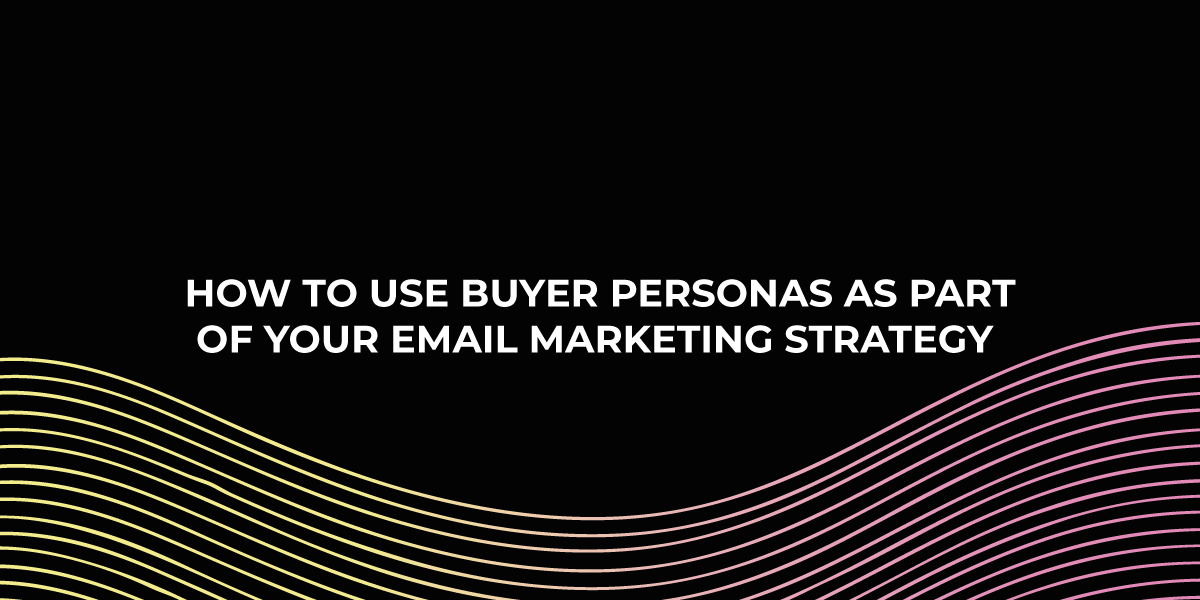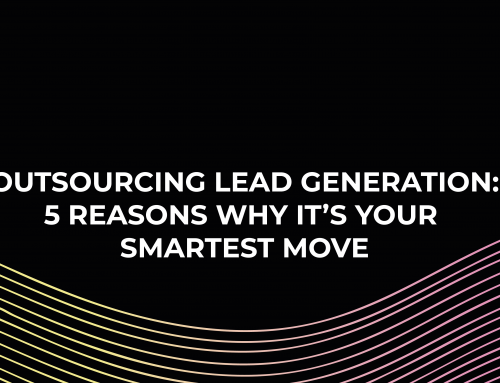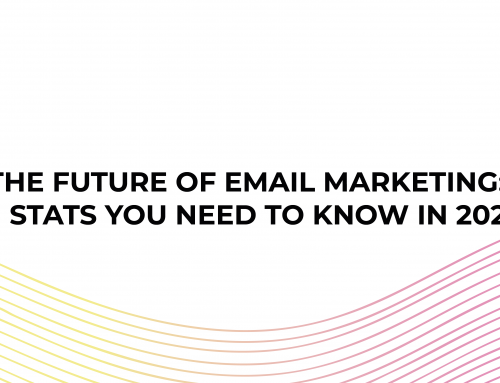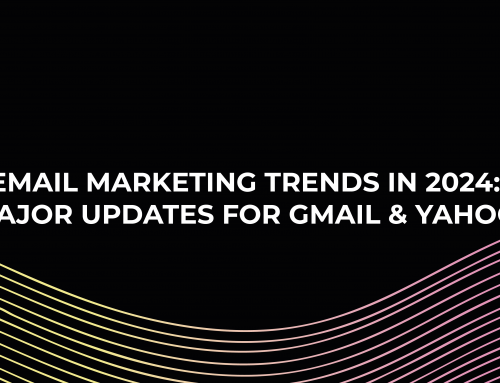Imagine this scenario: You’re sitting in front of your computer, trying to write a fantastic piece of content for your target audience, but you’re struggling to find the right angle.
Sound familiar?
When beginning an email marketing campaign, many marketers face a problem: they don’t know who they are writing for.
You may know they are writing for fellow marketers or tech-savvy entrepreneurs, but do you really know who they are, what they want, or need?
Having a deep understanding of your target audience is critical for any business looking to drive content creation, product development, sales and anything else that has to do with customer acquisition and retention.
And that includes email marketing.
This post will describe how to align your email marketing efforts to unique buyer personas to increase sales and create strong, lifelong customer relationships.
What are Buyer Personas?
Before we can begin to draft a buyer persona, we have to know what one is.
In short, a buyer persona is a semi-fictional representation of your ideal customer. For email marketing, you need buyer personas to help you deliver content that will be most relevant and useful to your audience.
Buyer personas can help you create customised and personalised email campaigns that convert subscribers into loyal customers.
While the definition may be relatively straightforward, creating buyer personas can be a bit more challenging.
How do you figure out exactly who your target audience is, and what they want?
How to Find and Create Buyer Personas
Before creating a buyer persona, you will need to understand who buys your products or services.
Start by analysing the data you already have for your customers and search for trends in the data.
When creating buyer personas, consider including customer demographics, behaviour patterns, motivations, and goals—the more detailed, the better.
Practical demographic insights include:
- Age: There are generational differences in how people use email. More than 2/3 of gen z use smartphones to check email, so you will need to optimise your emails for mobile devices if you target this demographic. While 60% of millennials say, email is their preferred method over text or social media. However, 74% say they get annoyed by too many marketing emails – so avoid inundating them with emails and use personalisation to grab their attention.
- Gender: Men and women read and interact with emails differently. Women are about 15% more likely to reply to a B2B email than men are. While men are slightly quicker at responding to emails, women tend to be more verbose.
- Family situation: Targeting single people is different from targeting a married couple with two children. They have different needs and purchasing patterns.
- Geographic location: Where people live impacts Where they shop. If you operate exclusively online, note where most of your customers live.
Depending on how much data you have about your customers, you can break demographics down even further.
How to Communicate Effectively with Your Target Audience Through Email Marketing
Once you’ve created your buyer personas based on your collected data, it’s time to customise your email content to these personas.
- Use words that will resonate with your buyer persona. You need to communicate with them effectively, in a language they understand. Every aspect of your email, from the subject line down to the call-to-action, needs to be consistent with your brand’s voice and how you want to communicate with your specific buyer personas.
- Enhanced personalisation. The emails you send to prospects should manifest that you understand them down to the smallest detail. When you personalise the content of the email, customers will trust your business more and have confidence in it. Enhanced personalisation can help businesses secure repeat purchases from loyal customers. You can use previous customer interactions to understand each user’s needs and create tailor-made content for each client persona.
- Always keep it professional. While you want to build strong relationships with customers, remember not to blur the line. Keep personal sentiments away from your professional email strategy to maintain an appropriate relationship with customers. Do not email personal messages or send content that is irrelevant to the business or the request of the customer. Ensure that you maintain professionalism even in the more minor aspects that often go unnoticed. For example, the language and tone you use in business emails. Treating customers with utmost respect will help you master the art of communicating with clients using emails. Regardless of how close you may be with a specific customer, do not write unprofessional emails when representing the business.
Final thoughts.
Creating targeted email campaigns for your buyer personas is hard work, but if done right, you’ll increase your bottom line and create stronger relationships with your audience.
More of your emails will be opened and clicked through when every email is relevant to the recipient.




